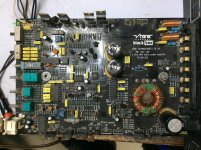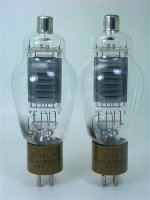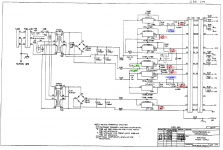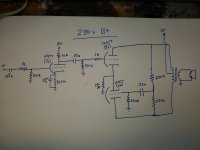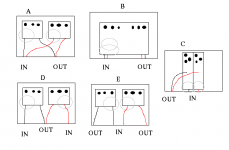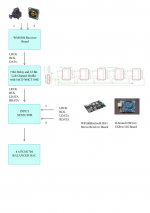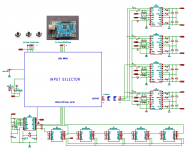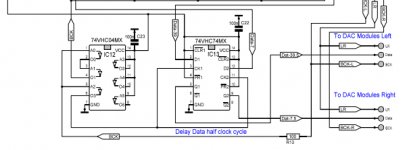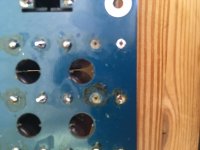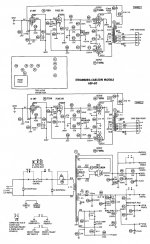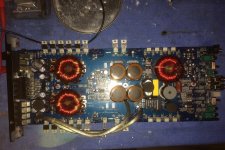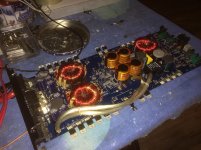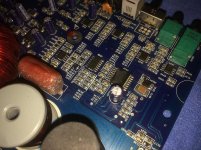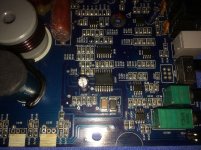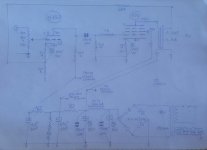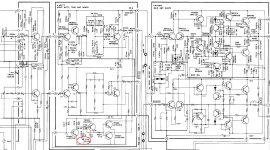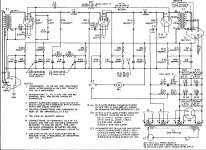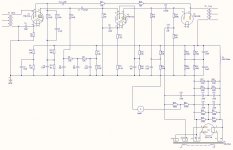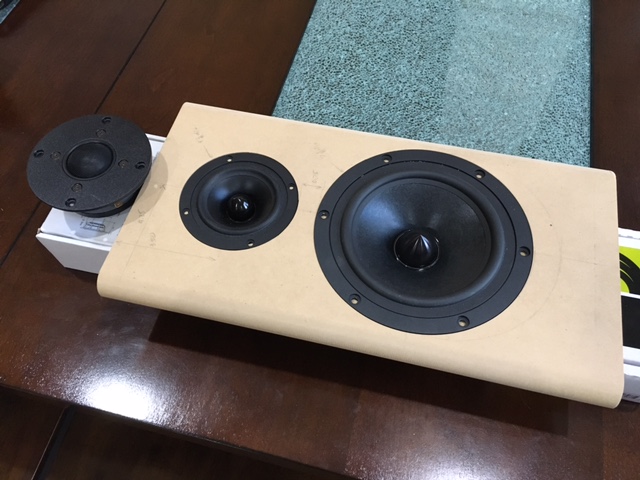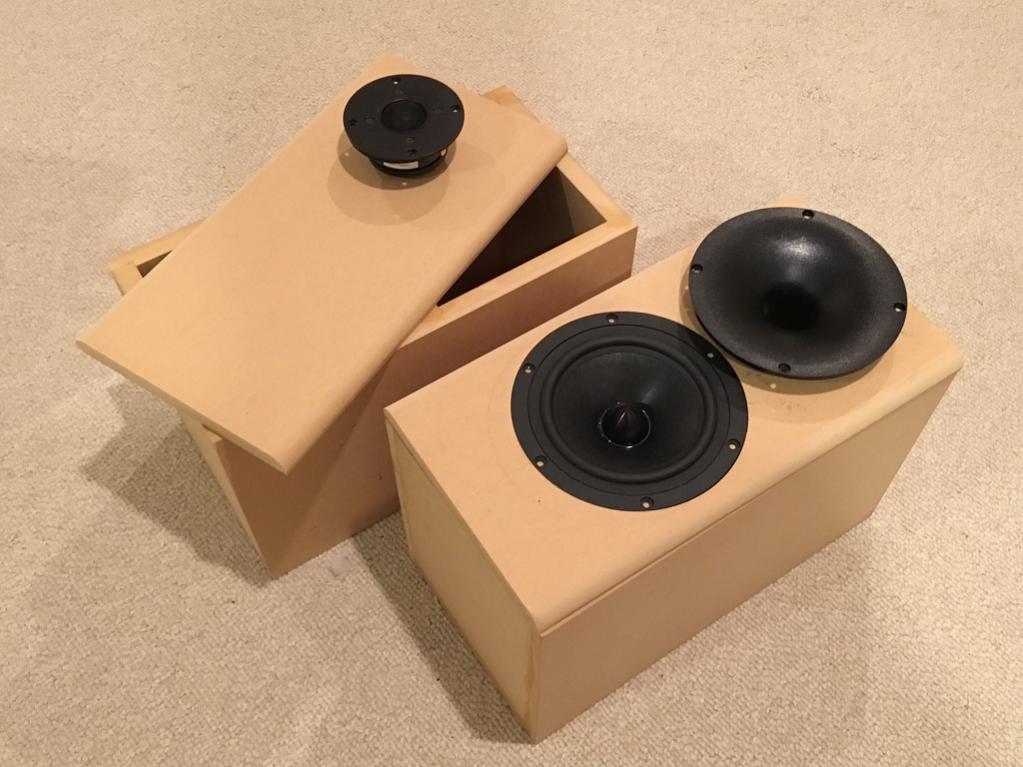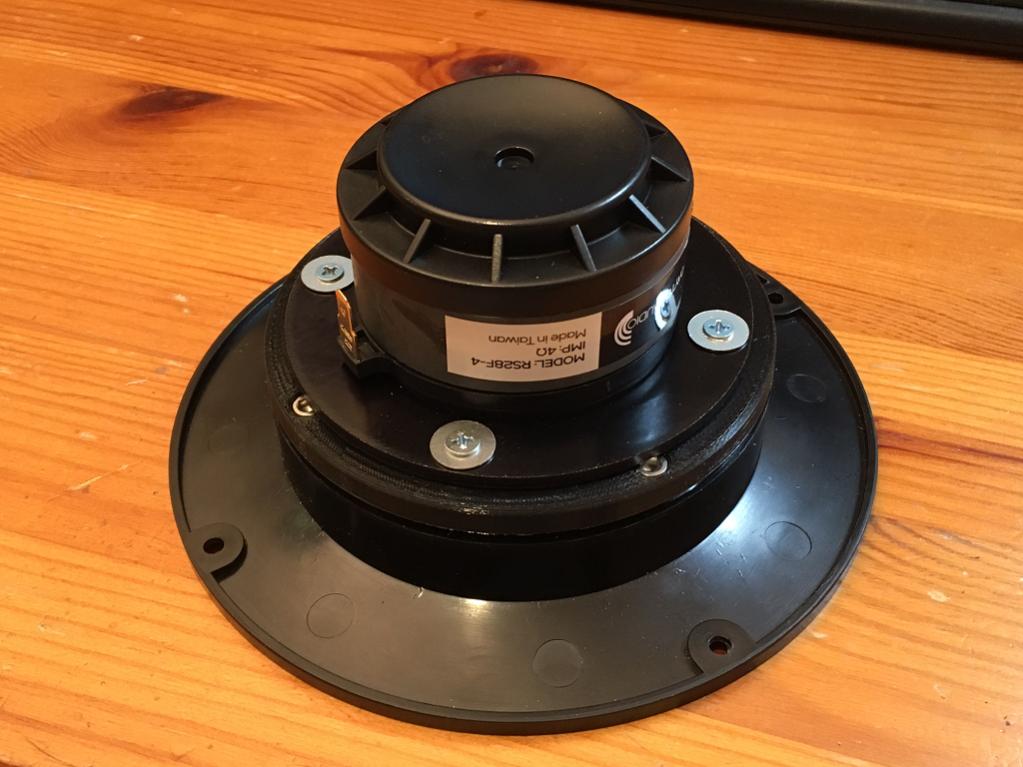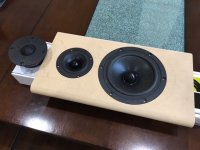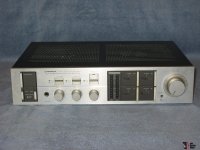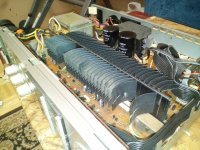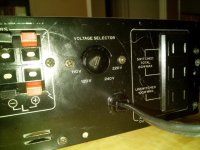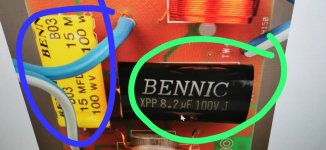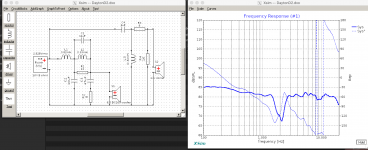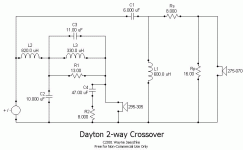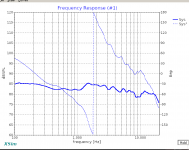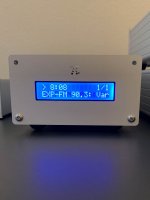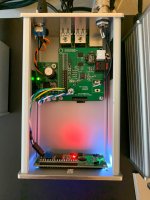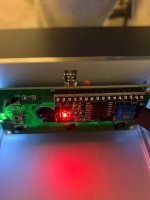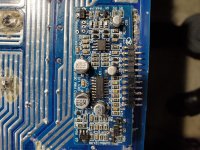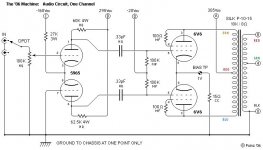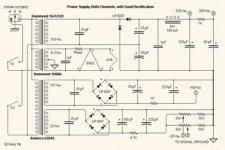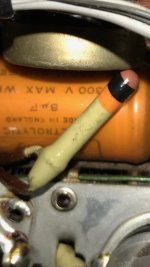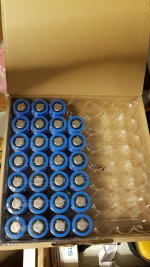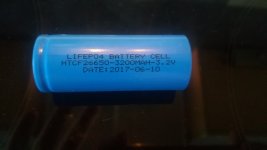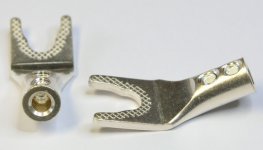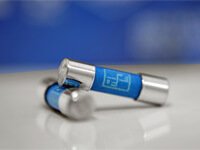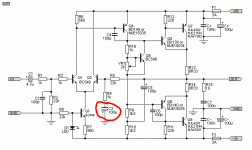Hi
My Name is Chris and I'm a long time member of this forum..
I'm living in BERN, Capital City of Switzerland.
Bad as it is, I was just reading here once a while. and this since 2012 the day I registered here.
DIYAudio kept my username secure and I my password..
If there wouldn't be a person who asked me if I would place some of my Builds here, I might wouldn't write this here today.
Now, since I gave my promise to that person, I will keep my promise.
I started building Amps back in 1974 *I was 22 that time*, so this shows you my Age, which is about the same age the person who asked me.. I will not name this person but the person is also a senior member here.
Myself, studied Car Engine Engineer in Swiss from 1968 - 1972.
Have seen Jime Hendrix live in Concert, Led Zeppelin, Clapton, Deep Purple, Pink Floyd, Roger Waters and many other Groups in that time and also in the last 18 Years.
Moved to Asia in 1974 till 2002, when I returned to swiss inclusive my Family..
As I couldn't work on my profession in Asia, I ordered some Electronics Books from Switzerland and read them at least ten times. I was very eager to learn that stuff.. But I was young and travelling all throughout Asia, just working when I needed Money to support me living expenses.. In 1990 I met my Wife, and then we seddled down in Bangkok. In the meantime I learned to read write speak Thai, almost as good as a Thai..
1975 I build my first Amplifier * Pictures will follow soon* it was an Kit Amp Class AB 100 WATT this amp still works until today,.
1976 I found myself digging very deep into Amplifiers but in fact I didn't had a big clue yet, so I started to read Electronics booklets in english and Thai to get more knowledge..there it was that I found a schematic of a Class A Amplfier which Input device was a UA 741 * one of the worst IC's * which is still sold till today..
This was three stage Amp as predriver was a SB649 * Hitachi* may one of the best Low Voltage transistors that time *UCE = 160V Imax 3Amp and Ptot 3 Watts. Then Drive was a SD669 this is complimetary to SB649..
Output were two SC1047. No current source, but instead they used a 220 Ohm 10Watt Resistor with a 2200 UF 50 volts cpapcitor to get the Current working while crossing by a Reversed diode between the output Transistors.
So I build that amplifier and believe me I gave my best but this Cirquit never worked as it was supposed too.
So after a few weeks I managed to get it working, removing the 220 Ohm Resistor with another SC1047 as Current Source and removed that Capacitor as well.
Exchanged this diode with a HIGSPEED Diode and later with a SB817 which is the comlimentary Transistor to SC1047. That time I had only a Sanwa Analog Multimeter, no Scope nothing. But I got that too work and with a decent sound. I did build that in the early 90'ies again and went to get a computer read out it was quit good, but in the meantime I owned a Hameg Osciloscope 20 MHZ. I also will place that here.
Since then I always tried to build Class A Amplifiers, also owned a Threshold second hand, and still Own a Forte Audio A 100, couldnt afford a new one used them with Marantz Speakers Model HD880. These were American Made Marantz 4 way. Beautiful sound.
2002 We returned to Swiss, so I couldn't move all my sound Equippment to Swiss. Now I started over again to build Amps. Then I saw a Class a Cirquit of a Australien guy Named Scott Elliot, he is the counterpart to Nelson Pass.. Bot of them are Geniuses when it comes to Amplifiers..(Check out that Picture below or use the link.)
Anyway he created a Amp called DOZ * as he told me * this was the Amp he fought the ZEN amp of Nelson Pass. The meaning of DoZ is = Death of Zen.
Here you will find a link to this Amplifier..
Death of Zen - A new Class-A power amp
I also build this amplifier but before I build it, I modified the Schematic to dual Rail Voltages meaning +- Rail with commone Ground.Also meaning rearranging almost the whole cirquit.
Changed Transistors to MJL4281
Added a Servo Control and again removed any pieces in my sight not needed. Like a couple capacitors. Added a Transistor between Input and Drive. and several other things. then when it was finished I send a mail to Scott and showed him the work. and when I talk about work, then I mean all of it. No Secrets kepts. This amp * the modified version * which is quite different from the original works fantastic. I build 7 Version of this one, latest was in 2017 and has only the Input Section which still shows the Tremendous knowledge of Scott Elliot in designing Amps..
For Scott and also Pass, these two guys are unsurpassed and are the " Gurus" = MASTERS of Amplifiers, when it comes to Amp developement. Here my thanks to both of them for their absolut best work there is out there.
If in any of the upcoming Artwork, Schematics is others People Work is included then it will be notified and the credit goes to owner.. Even the Amp design was made by my, the IDEA is the groundlayer for this and this should be in any way and Matter given to its owner..
By the way: I building amps for FUN not for a living.
This Year I created a few different Schematics of Class A. Things which actually shouldn't work but they do work..
I will place schematics, Spice Work, Layouts and the build up of every Amp I created or Modified. I do not copy paste Amps. But may taking advantage of the Idea of these two Masters they had in the past, and would fit my thoughts of Amps. there is barly enough to get your own design.. there are only three ways to create an AMP..
Thanks
Regards Chris Hess
